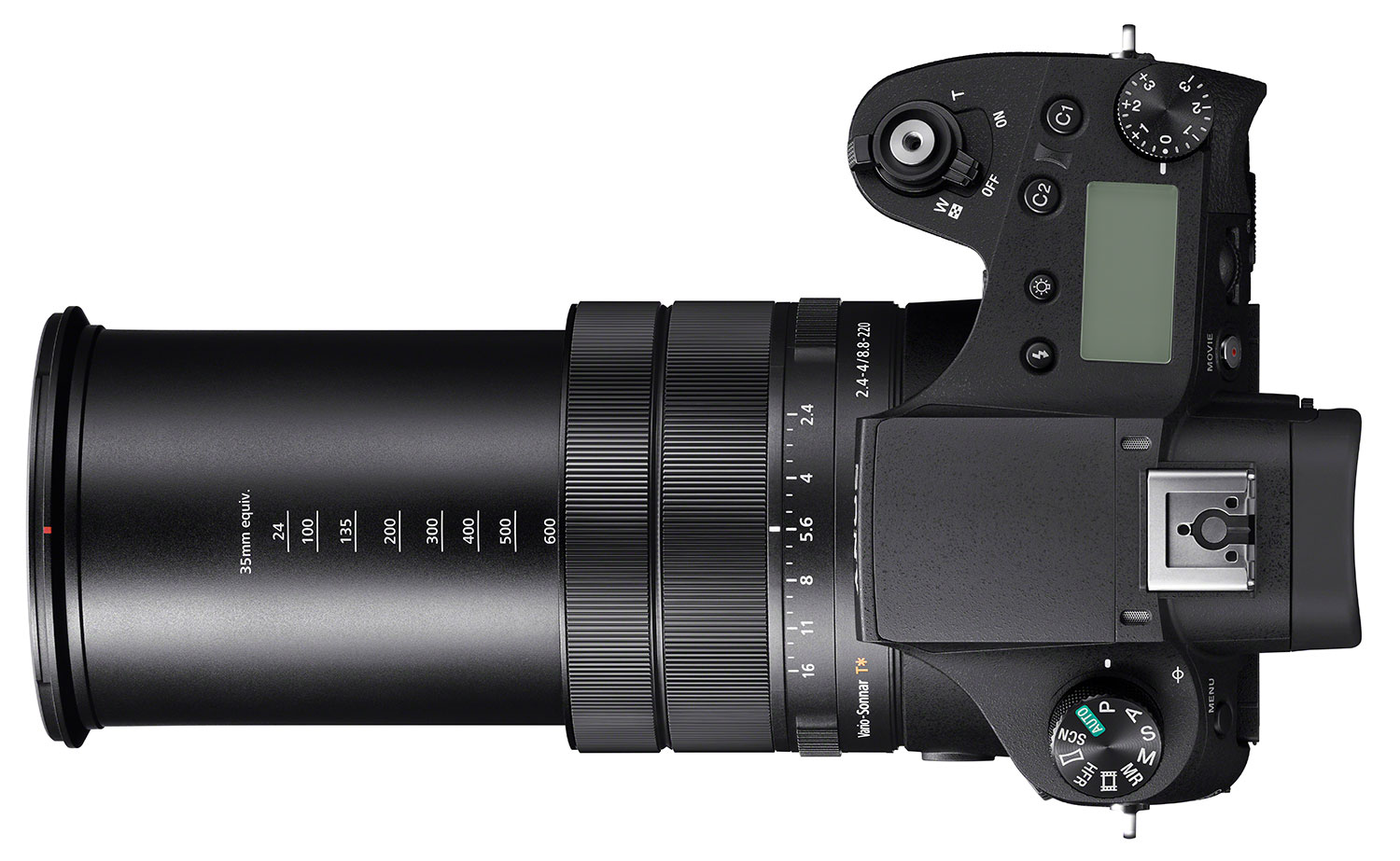Apart from the weight of the backpack and the shoulder bag for the gimbal system, it was also the constant shuffling between the two and the changing of lenses all the time, plus the associated dust on the sensor that was the final straw. Luckily I took with me my sensor cleaning kit, but it was a constant problem on windy beaches etc. During that holiday I started to look at my options, one of which was to buy a bridge camera, such as the Sony RX10 IV, or buy the Sony 24-240mm G Lens and keep that on the Sony A7R II all the time. I really liked this option because it was a good lens with good reach.
I would however be sacrificing the ultra-wide 16mm of my 16-35mm G Master (not to mention the sharpness) but these are holiday photos after all and the G Lens would still produce usable results. So that was it, my choice was made, that is how I would move forward, or so I thought. Shortly after I returned from that holiday my son joined the local football team. I was asked to shoot the open day for the club and so I pulled out my Sony A7R II and the Sony 70-200mm lens to grab the action from the trial matches that day. While I managed to get some good shots, it was clear that this combination was not really designed for this job. I needed much greater reach than what the 200mm could give, but given I had 42MP to play with I was able to crop down and get the results I needed.
The real issue was frame rate and buffer. The Sony A7R II offers 5 frames per second top speed, which is not ideal and the buffer filled too quickly. I would often miss the shot because the camera slowed down significantly as the buffer filled. I enjoyed shooting this event and figured if my son was going to be playing I would bring my camera each week and see what I can capture. I enjoyed the challenge but the gear was simply not up to the task of fast action sport. I found myself contemplating how I could buy a Sony A9 and the Sony 400mm f2.8 G Master Lens, all of which totaled well over $20,000. Not being a pro shooter being paid for these photos, I quickly dismissed that idea.
That is when the Sony RX10 IV came into view more clearly. This camera offers massive usable reach, from a 24mm to 600mm Zeiss lens (unlike the Nikon with its 3000mm lens which simply cannot be hand held), the very capable 1 inch sensor found in the RX100 series cameras, the focusing system from the A9 (essentially) and a market leading 24 frames per second capture capability. Combine that with a massive buffer of over 125 images in RAW mode and it starts to look like the ultimate camera for not only travel, but also sports shooting, and just about anything else you can think, of all for around a tenth of the price of the A9/400mm lens combo I contemplated earlier.Key Features
- The lens is not only reasonably bright at f2.4 (closing down to f4.0 fairly quickly however) it is also incredibly sharp through most of the range, tapering off only at the very end from about 570mm to 600mm.
- The focusing system which was pulled from the Sony A9, is truly superb. It is not only fast but the eye focusing for stills and subject tracking during video recording is all but flawless.
- The frame rate of this camera is simply incredible at 24 fps (electronic shutter) which can be dialed back down to 10 fps (mechanical shutter) which is my preference, and when shooting RAW does not stop until it reaches around 125 shots as the buffer fills.
- Video capture at 4K is outstanding in sharpness and detail, with that superb lens providing extraordinary levels of smooth zooming during recording making it a very compelling buy for video alone.
- The battery life in my “real world testing” has been excellent, with several hundred images and videos per battery being way above Sony’s claims, and lasting for the first four days of my holiday which is more than acceptable.

